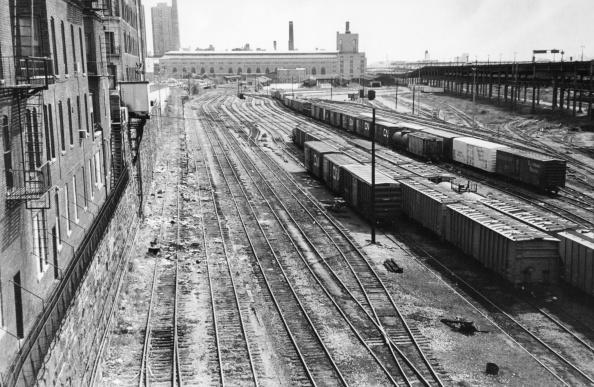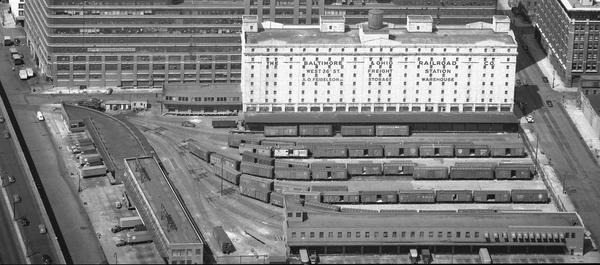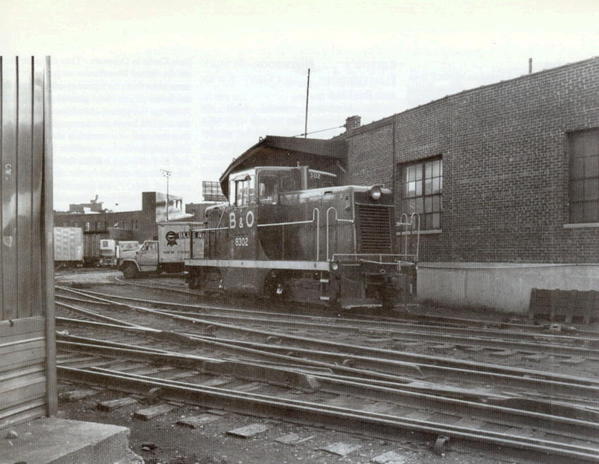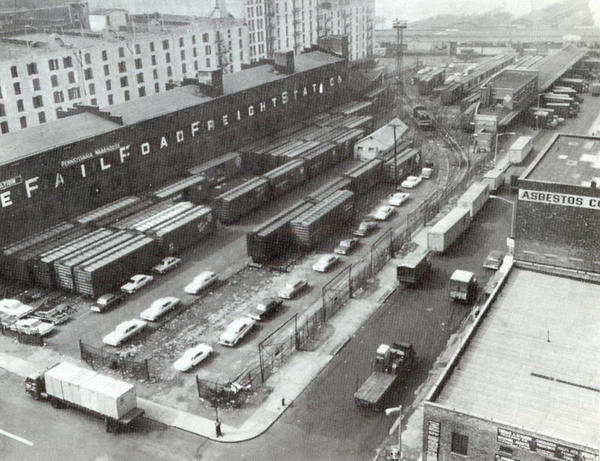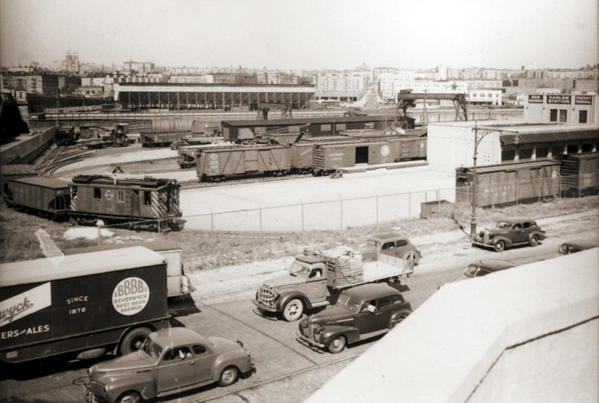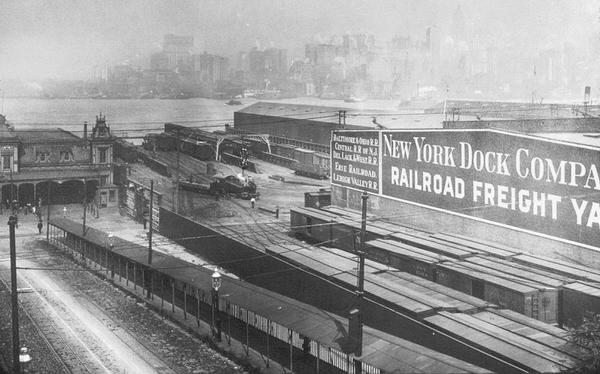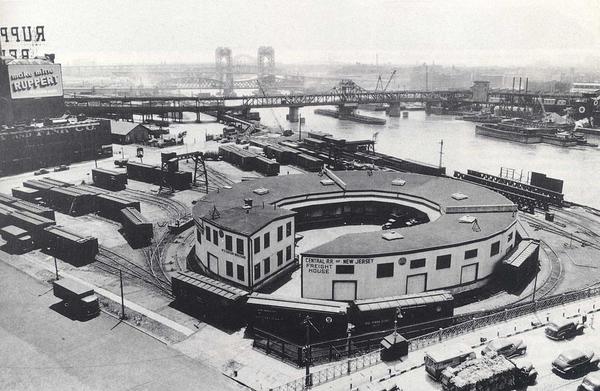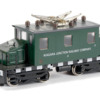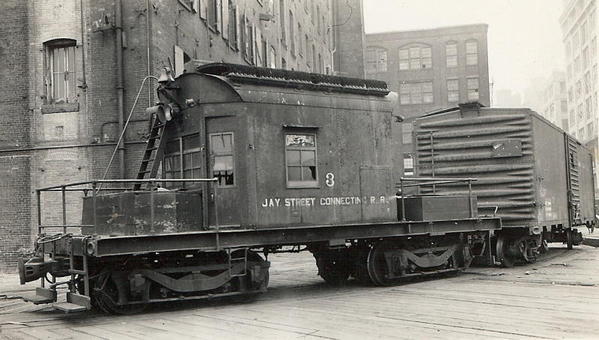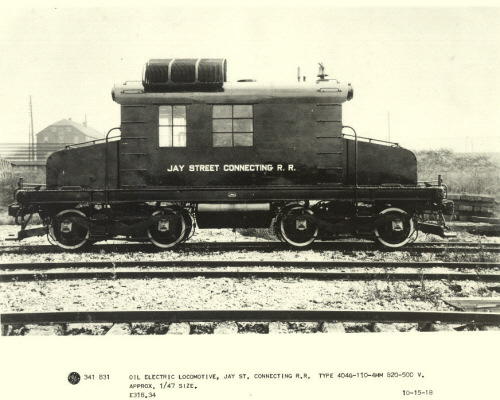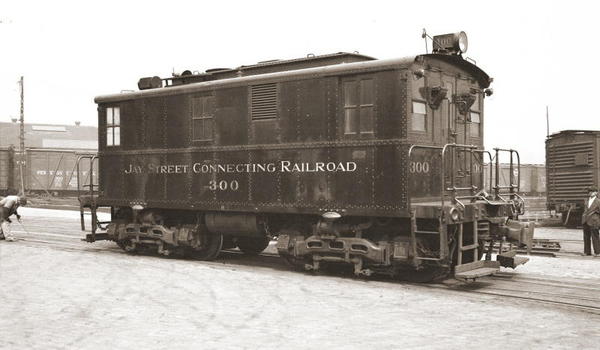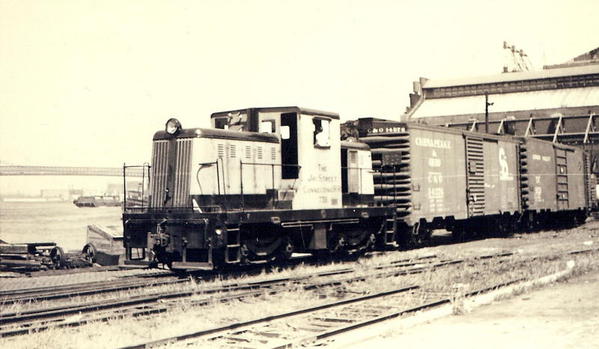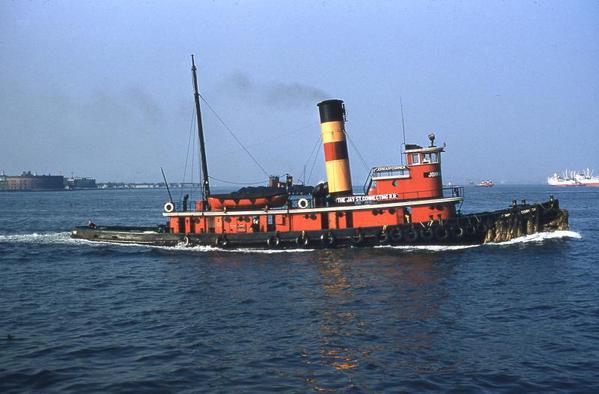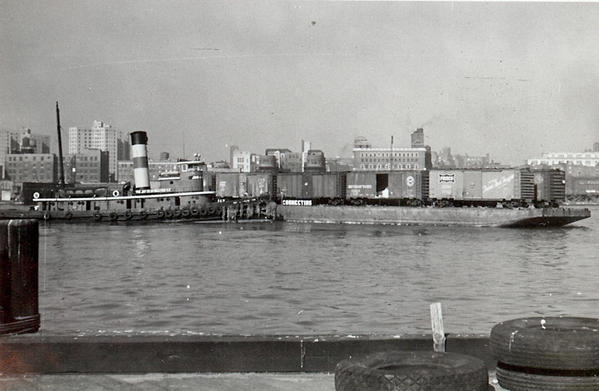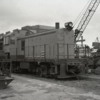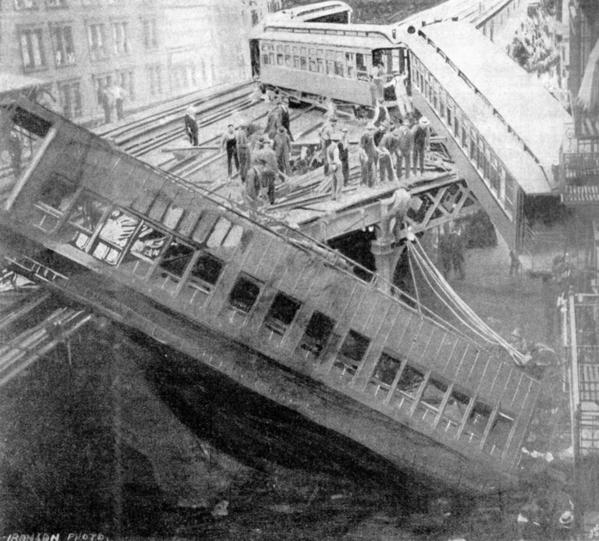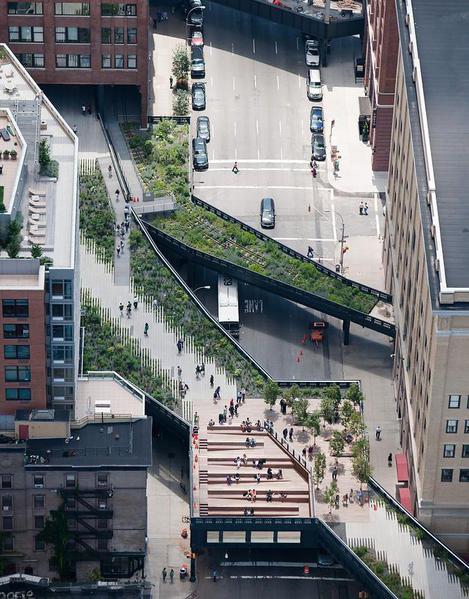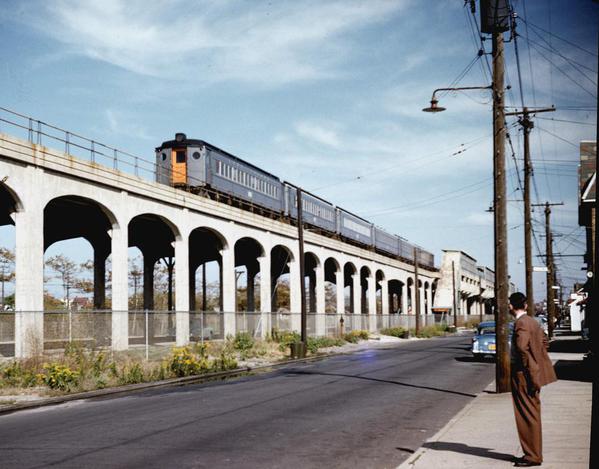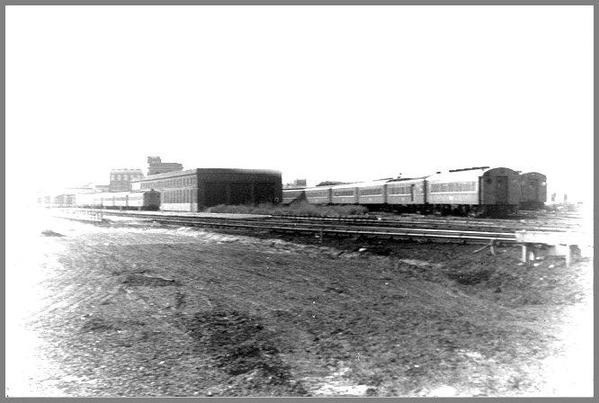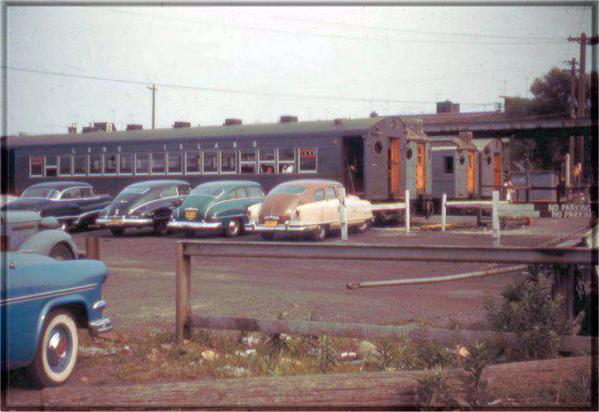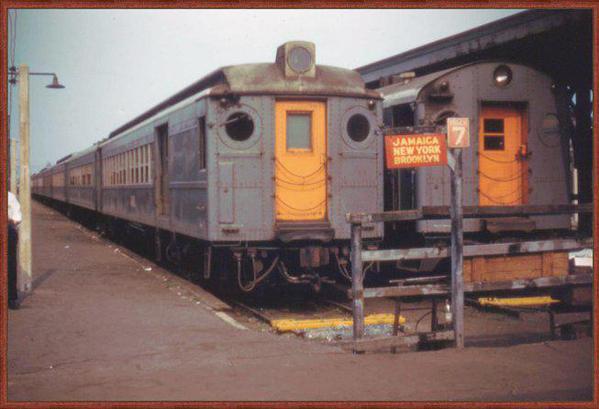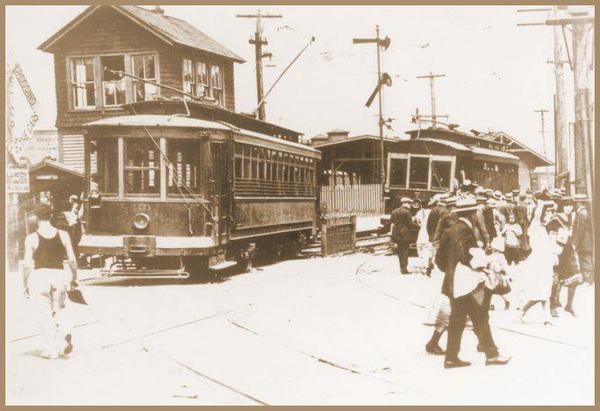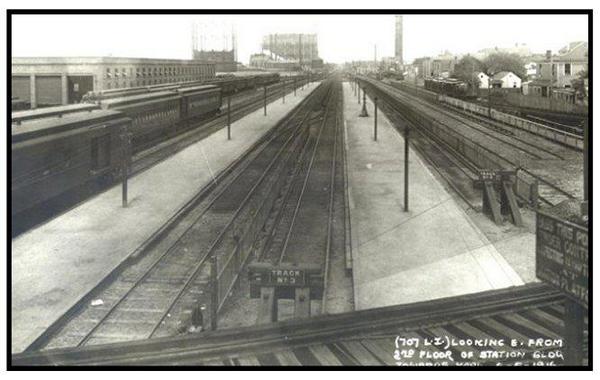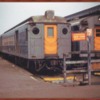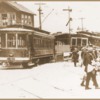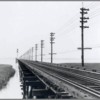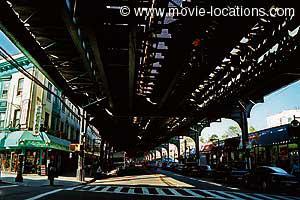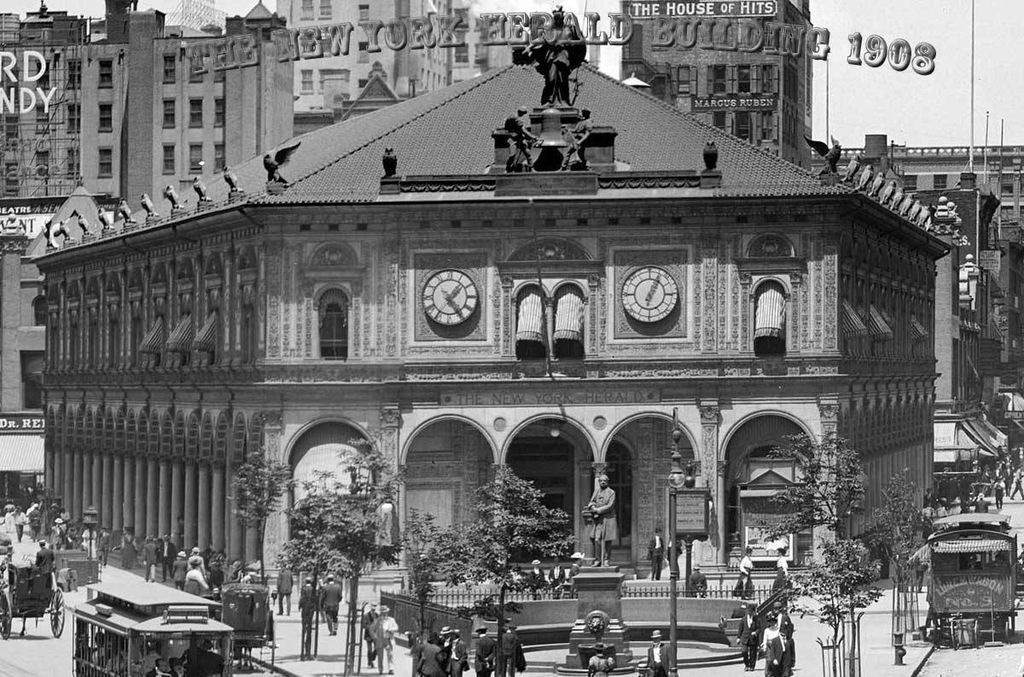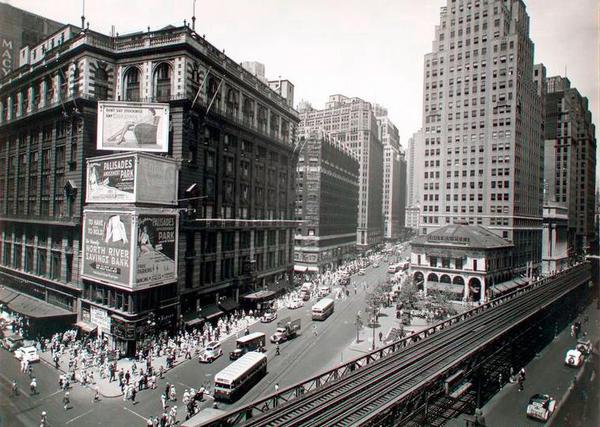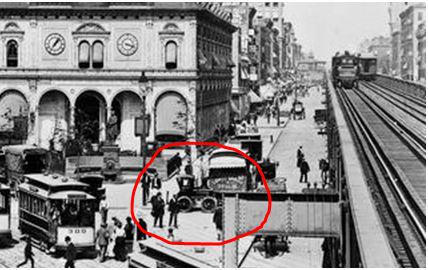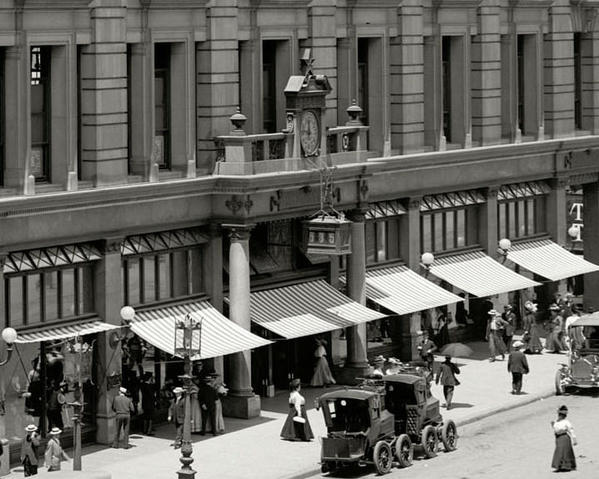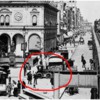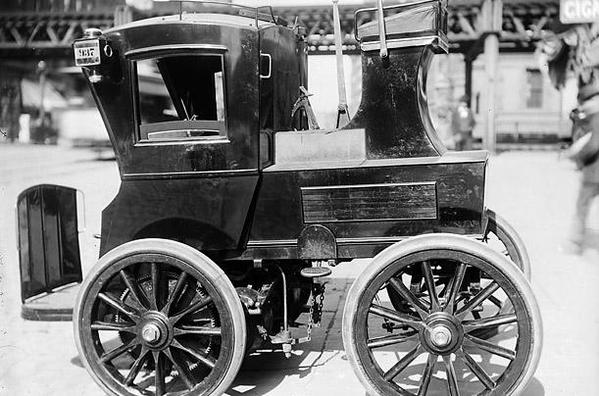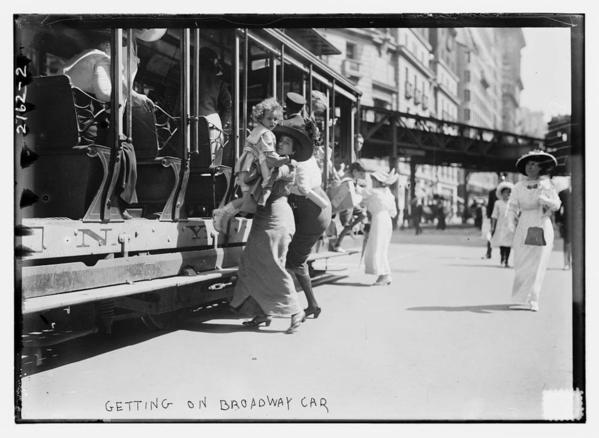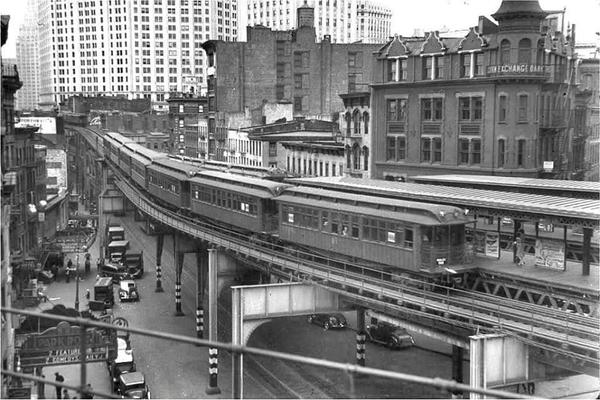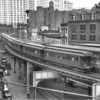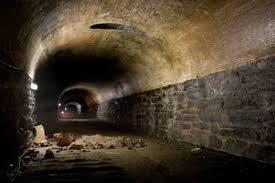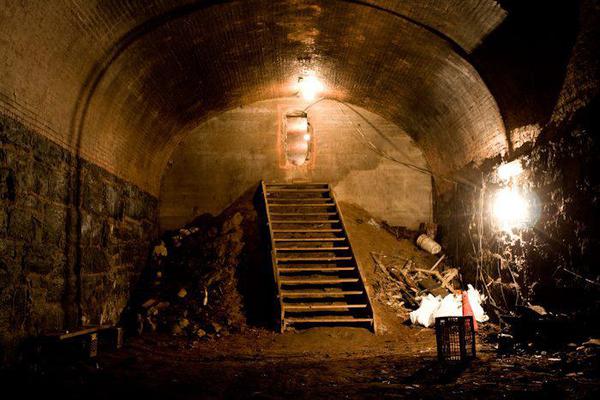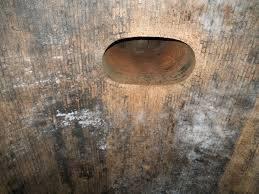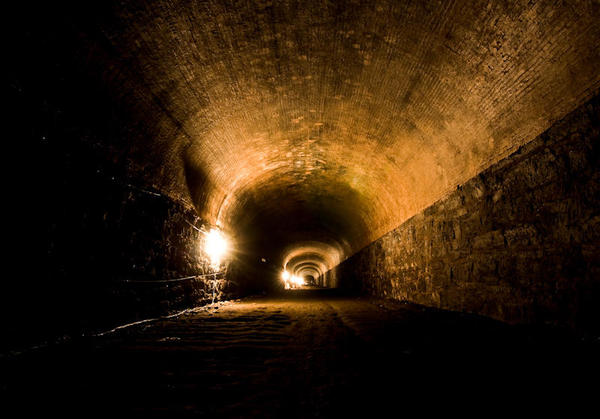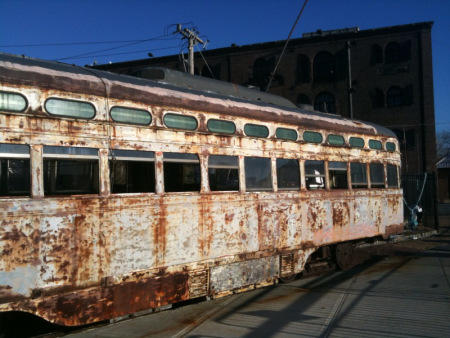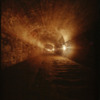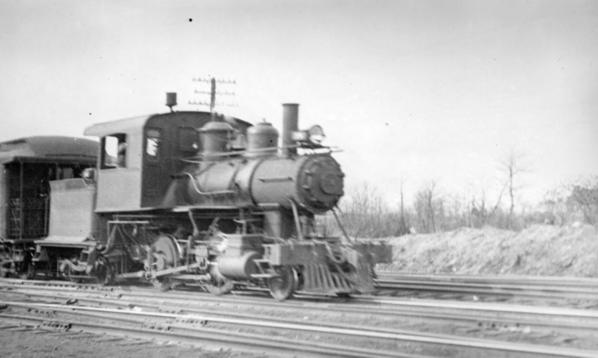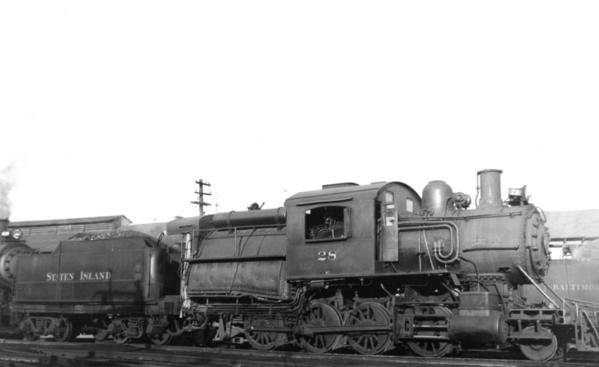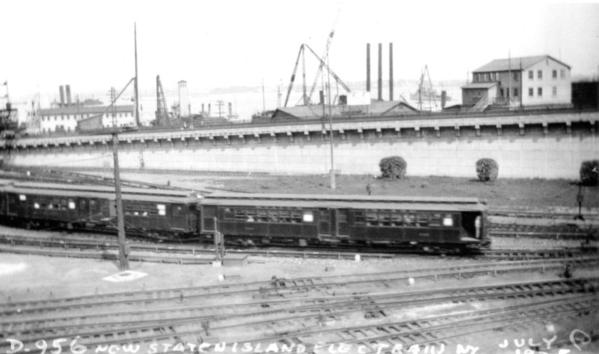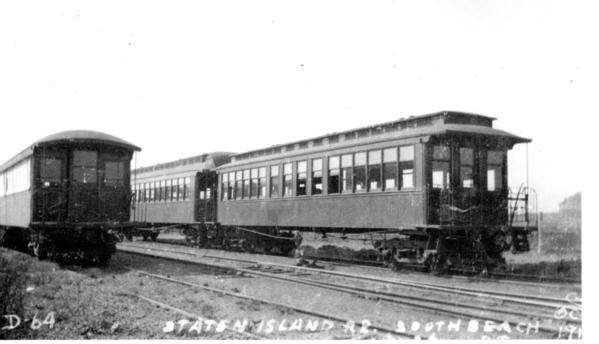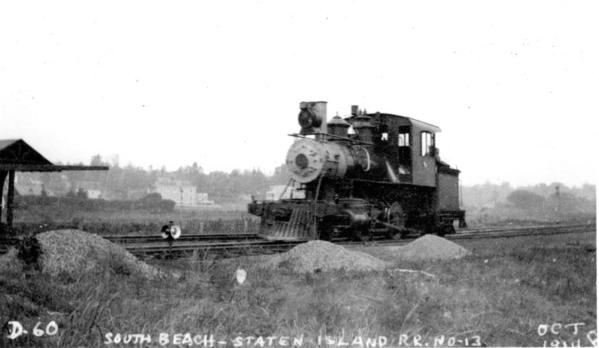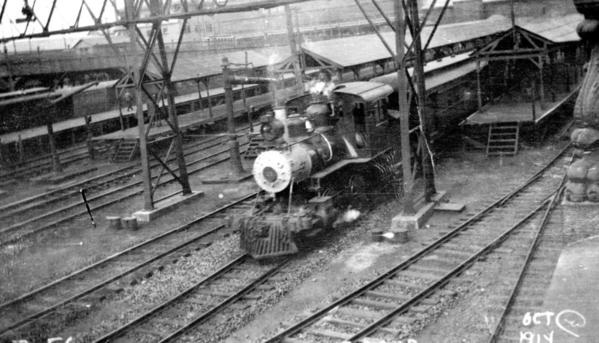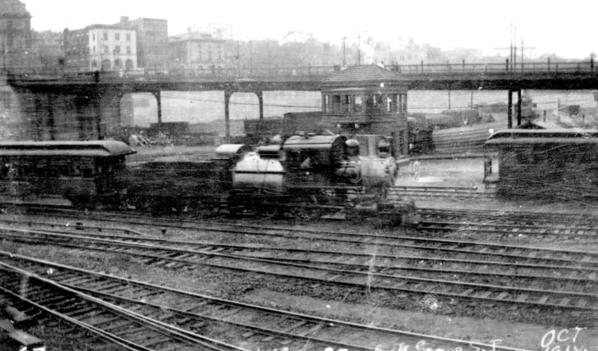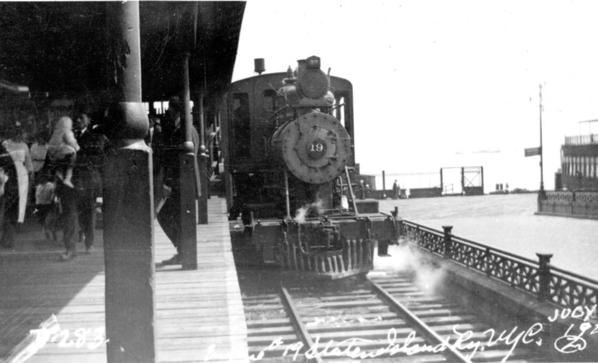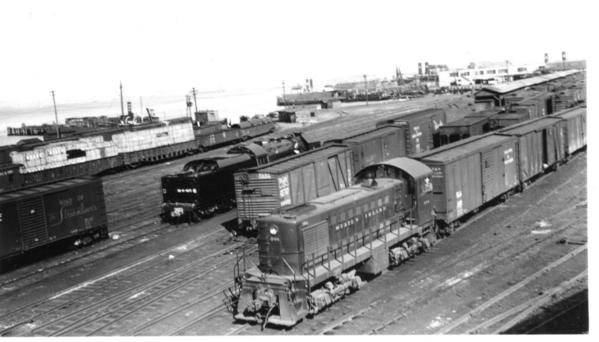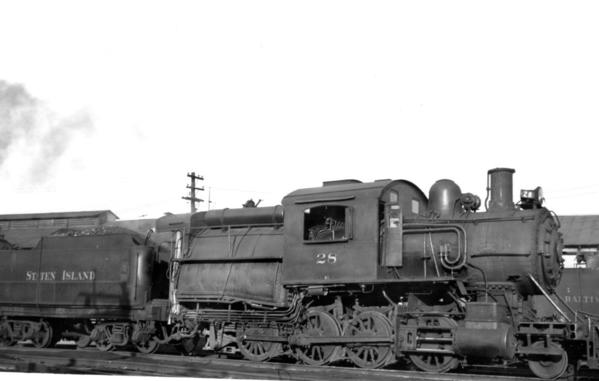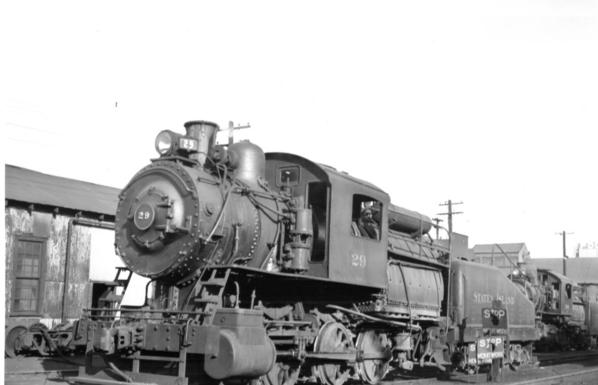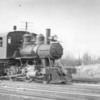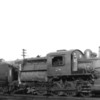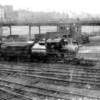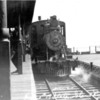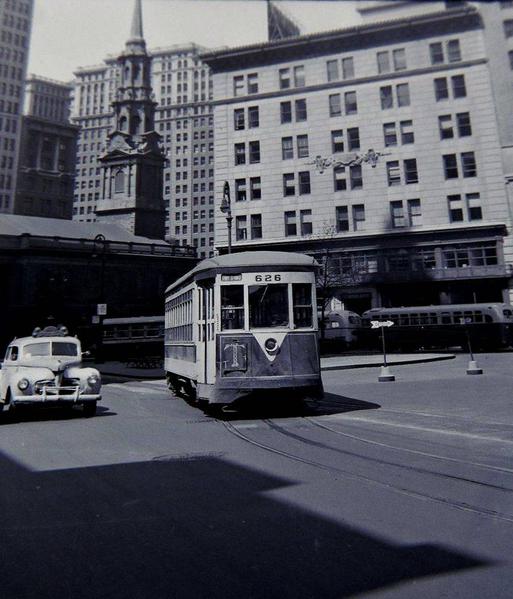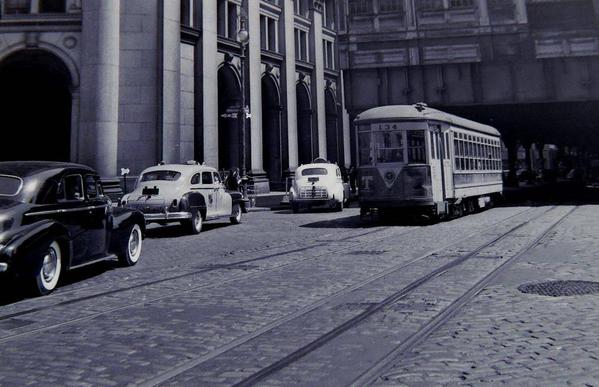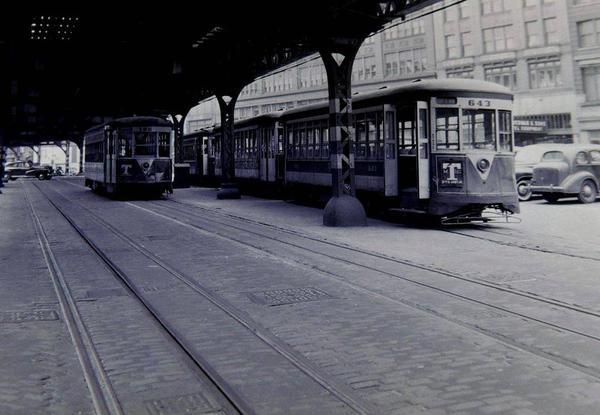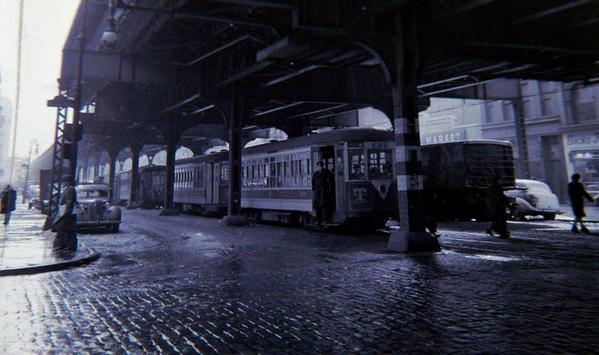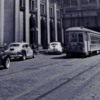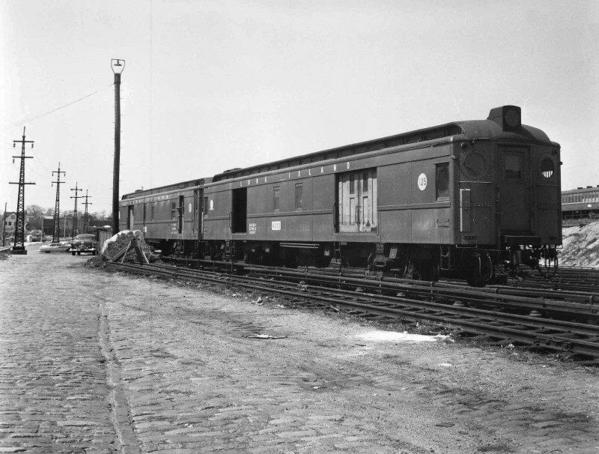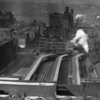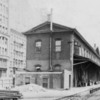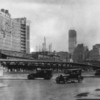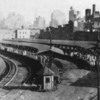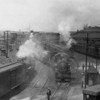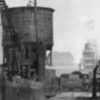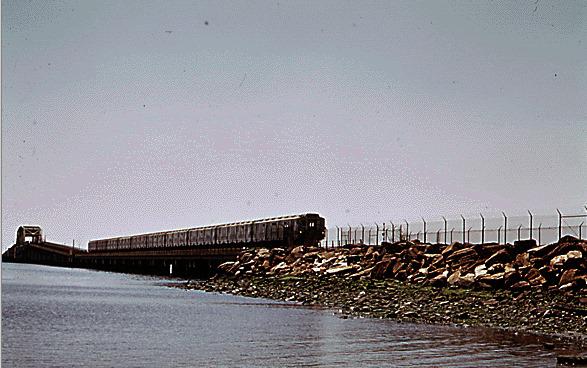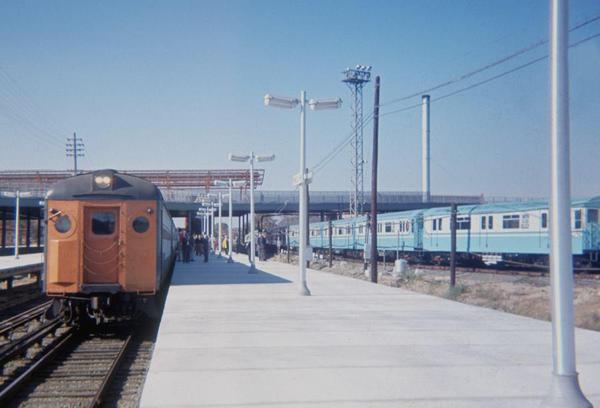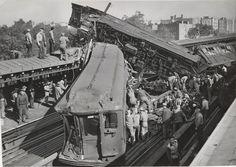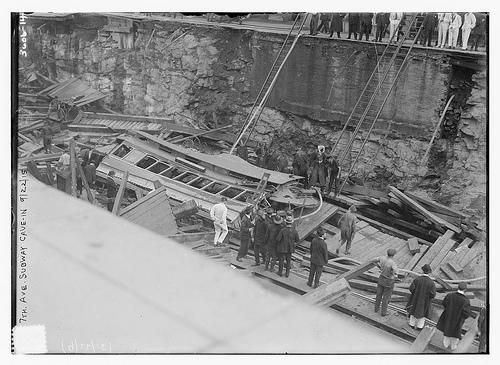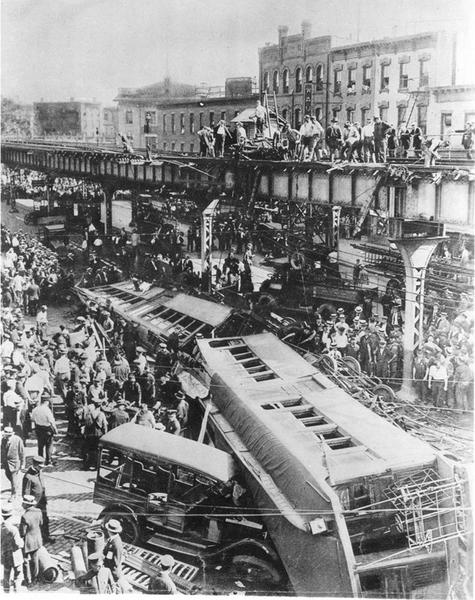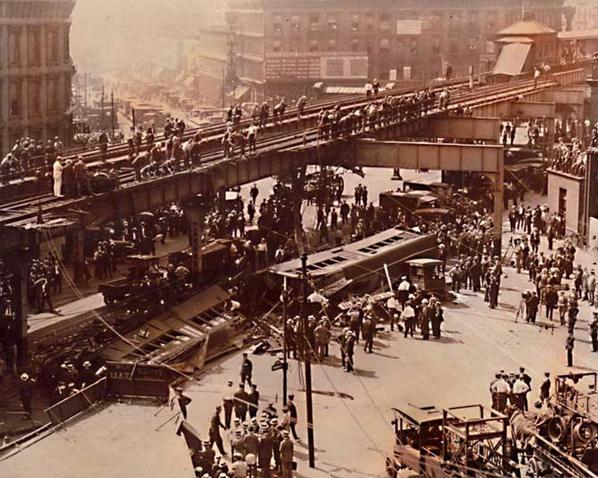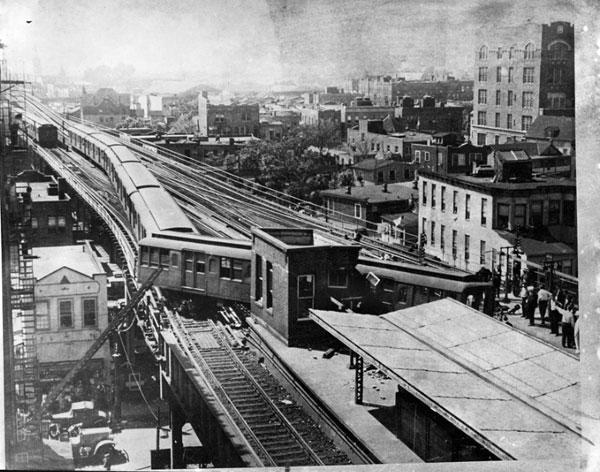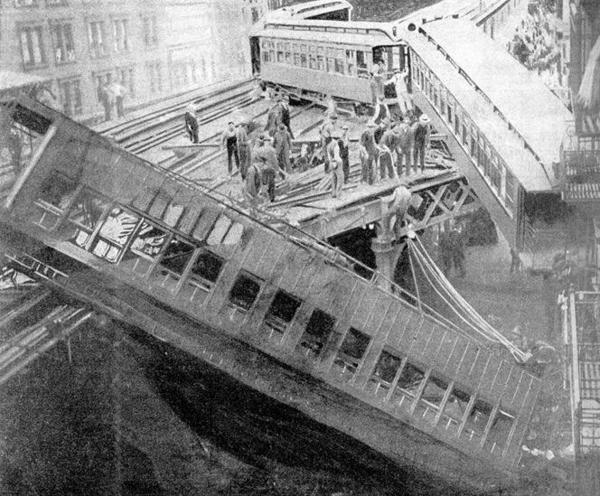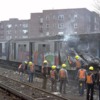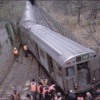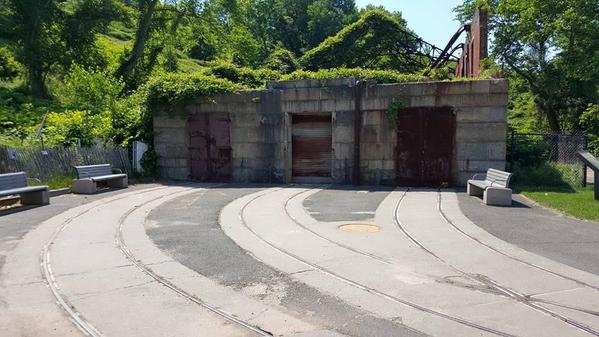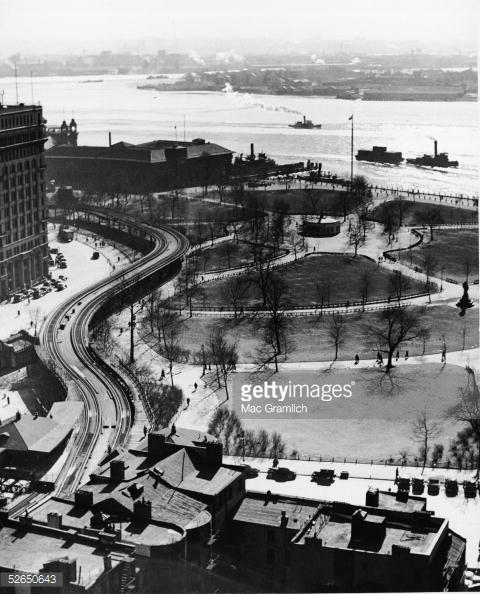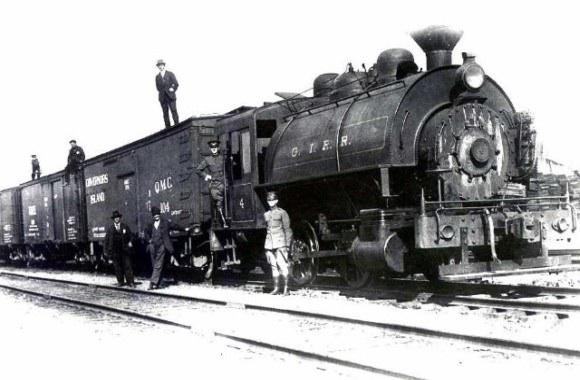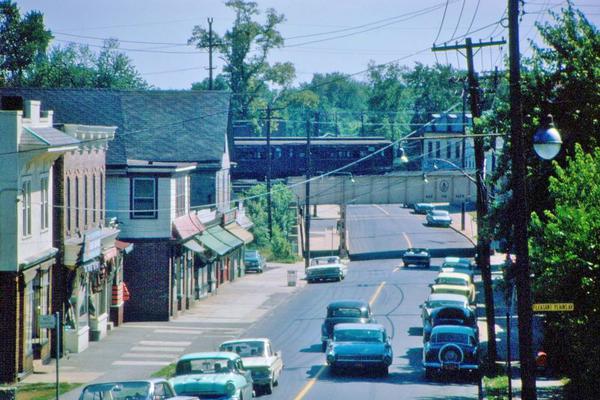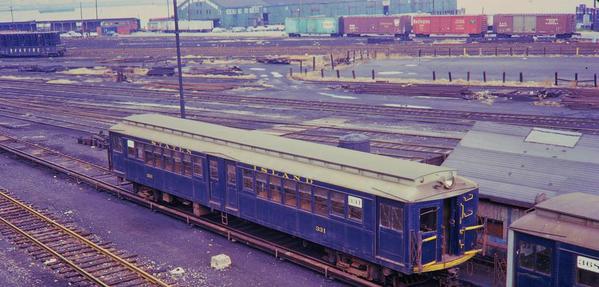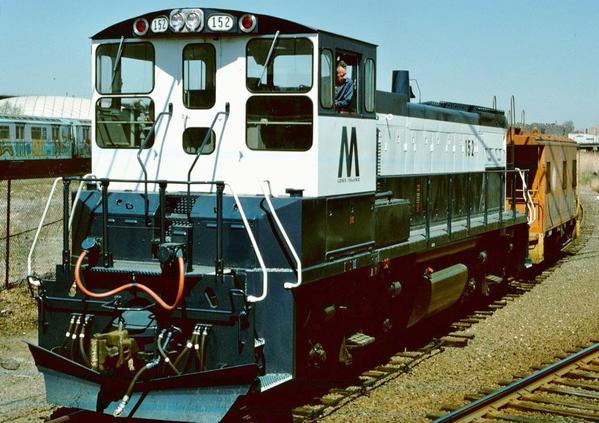The West Side line in New York had a long history. Its origin goes to the Hudson River Railroad as it was called. The company was formed in 1847 and the line opened to Albany in 1851. The rationale for the railroad was that ice closed the Hudson River to Navigation in the Winter and that the railroad could provide year round service. Its southernmost point was a terminal at Chambers street and West Street and it had a second terminal further north at 30th street. To put the City's development in perspective with the time period,in the 1830's the areas north of 4th street were mostlyt rural and farm land . Greenwich Village was likely a surburban community.
On the east side around 1850, The New York and Harlem railroad was building North along what became today's White Plains Harlem Route . It was a Horse car line in New York City.The Vanderbilt interests were in control of this line and began at the same time acquiring stock in the Hudson River Railroad. By the 1870s the railroads had been merged, a connecting line built from Spuyten Dievel built to the Harlem route in what was to be known as Mott Haven and the first Grand Central erected on the East Side.
At some point thereafter, passenger service for the New York Central and Hudson River was consolidated into Grand Central. Passenger service was originally provided in 1851 by the original Hudson River Railroad from the terminal at 30 street. In 1865, The Lincoln Funeral Train left from the 30th street station to head north towards Albany following a viewing at New York's City Hall. When Passenger service ended on the West Side Line, Mail and Express continued to be handled from the 20th st station until its removal in 1931.
Here is an aerial view of the 30th street station looking towards 11th ave and the Hudson River dating to the late 1920s. Lots of steam in the photo.
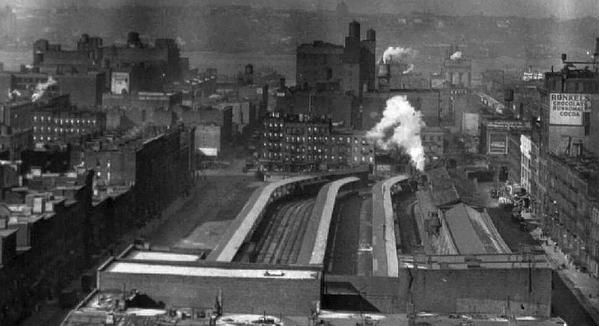
The Terminal leads crossed 10th ave and went through the 31st st yard and turned North on 11th ave. The view below shows that yard.

This building was in use as the Freight House at 30th st. It was erected in 1851 and most likely was the railroads station and headquarters building at that time. It remained in use for the freight and express business until demolished in 1931.
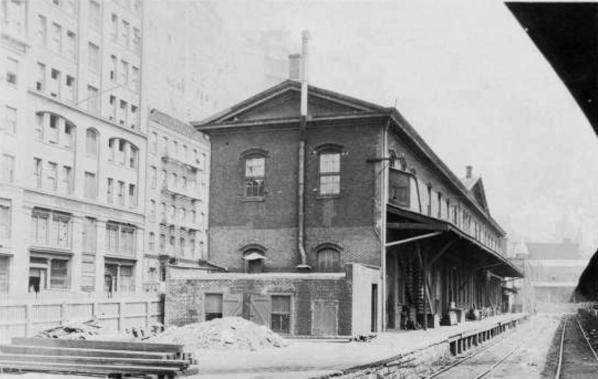
Here is a photo from street level of 30th street about 1930. In the background just right of center is the rising Empire State Building which became the tallest building in the world.
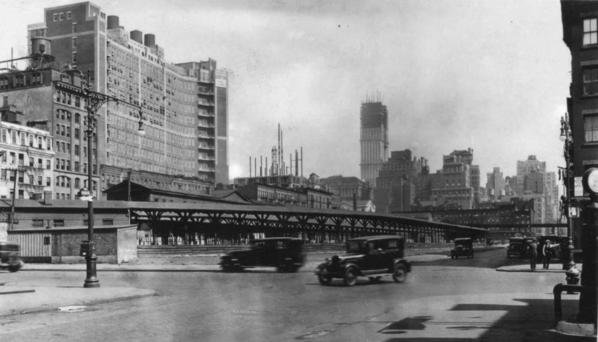
The railroad handled a sizeable Milk business at this location. Here we see many milk cans which would be loaded on and off insulated cars used in dairy service. Not all Milk cars had bulk tanks like the Pfaudler cars modeled by Lionel. At small depots alomg the route, dairy farmers might leave their produce for shipment in Milk cans. In this view, the platforms have a large number of cans on them.
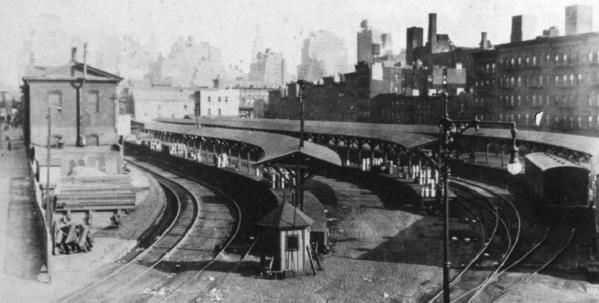
Although New York City had ordinances prohibiting Steam Locomotive operations in the 20th century, there would seem to have been exceptions and variances to the rule. Here we see New York Central switchers working the yard and terminal at 30th street about 1927.
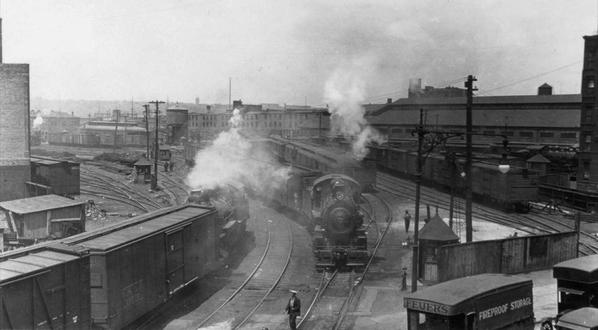
And if there was steam at 30th street, well there must have been Water tanks as well. So here we have a view of a Tank at 31st street. Thinking that is a Ten Wheeler we see along with the Dummy steam switcher.





